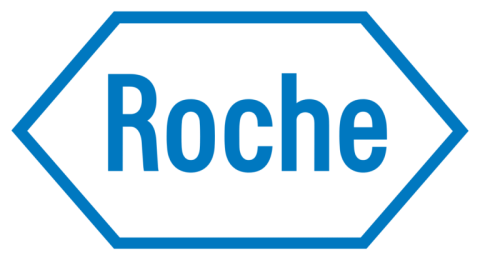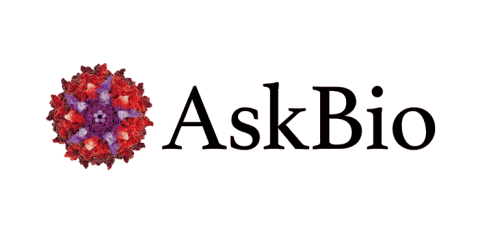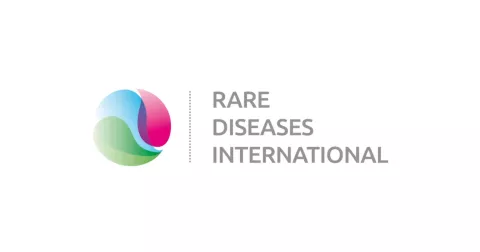
Twee keer per jaar organiseert de Commissie Contactdagen van de Vereniging van Huntington een landelijke contactdag. De eerste keer wordt 7 juni, en wel in de botanische tuin van Utrecht!
We ontvangen je graag met koffie/thee en wat lekkers in de serre van de botanische tuinen, die we de hele dag mogen gebruiken.
Na de lunch hebben we twee rondleidingen gepland, één voor de mobiele gast en de andere voor de wat minder mobiele gast.
Later op de dag komen we weer bijeen in de serre waar we samen onder het genot van een hapje en drankje de dag afsluiten.
De dag duurt van 10:00 uur tot 17:00 uur.
Aanmelden
Wil je ook komen genieten van de botanische tuinen en in contact komen met anderen die met de ziekte van Huntington te maken hebben? Je kunt je uiterlijk tot 24 mei opgeven bij het landelijk bureau, lb@huntington.nl.
Geef dan ook aan met hoeveel personen je komt en of er dieetwensen en allergieën zijn.
Tot 7 juni in Utrecht!









